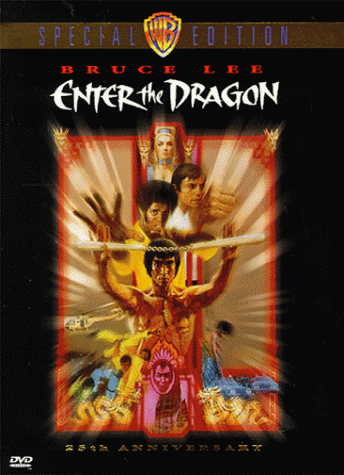True Films
 Alphachimp
Alphachimp  Monday, June 27, 2005 at 2:24PM
Monday, June 27, 2005 at 2:24PM  Tired of the big Hollywood summer blockbuster hype that so rarely delivers anything more than access air conditioning?
Tired of the big Hollywood summer blockbuster hype that so rarely delivers anything more than access air conditioning?
Thanks to the magic that is NetFlix and access to truly interesting films, you need not lament the absence of the latest John Sayles film or chase down a two-day screening of the riveting documentary Gunners Palace.
For a film that combines the best of documentary, fine art and nature, watch Rivers and Tides, the on-screen revelation of the work of Andy Goldworthy. Afterwards, you'll be inspired to venture outdoors and create beautiful works of your own from found objects a nature's own art supplies.
 Film Movement was started in response to the regional hegemony of film distribution companies that squeeze out any indy film (unless it gets picked as an Academy Award front-runner!). The group's mission declares that...
Film Movement was started in response to the regional hegemony of film distribution companies that squeeze out any indy film (unless it gets picked as an Academy Award front-runner!). The group's mission declares that...Film Movement is for anyone who does not want to miss out on outstanding films because of where they live. Most films do not receive a national release despite critical acclaim and awards at Cannes, Sundance and other top film festivals. As a result, most of us don’t get to see many of the year’s best films. Film Movement is changing all that…
Similar to NetFlix, this is a subscribtion service of $19.95/mo. (or $159/year). However, the DVDs are your to keep instead of ship back, and it is limited to one per month. The upside: these are the primer DVD and include access to press kits, dicussion guides and insider information to assist teachers, discussion groups and cinemaphiles.
Kevin Kelly, formerly of WIRED and The Whole Earth Catalog, has compiled a review of 100 DVDs at his own True Films.
Kelly is a sponge for the useful, the quirky, the singular and the essential. His list of Cool Tools brings the top picks of gadgets, books, hacks, tips and manuals ranging from igloo making to reusable menstrual cups and extreme pogo sticks.





















